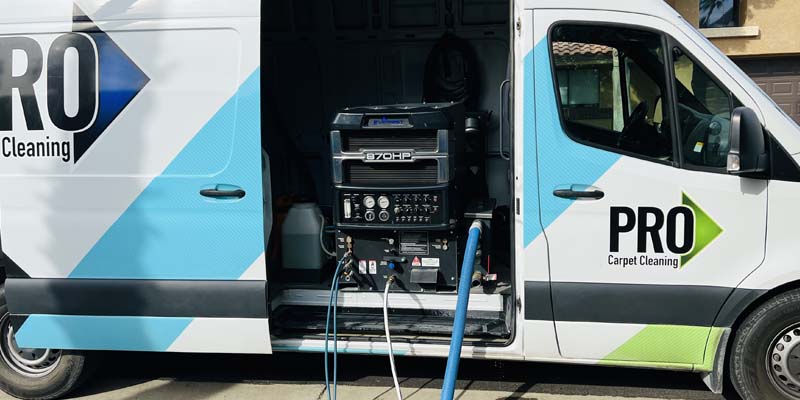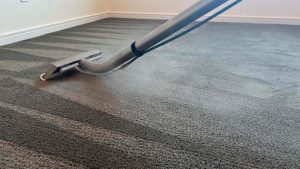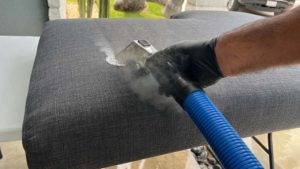In general, steam cleaning (hot water extraction) is often considered one of the most effective methods for deep cleaning carpets, particularly for removing stubborn stains and allergens. However, it’s essential to consider the specific needs of your carpets and consult with a professional cleaner to determine the best method for your situation. Additionally, regular maintenance such as vacuuming and spot cleaning can help prolong the life and appearance of your carpets between professional cleanings.
Here are some popular carpet cleaning methods, along with their advantages and considerations:
- Steam cleaning (hot water extraction):
- Advantages: Effective at removing deep-seated dirt, stains, and allergens. It can also sanitize carpets by killing bacteria and dust mites.
- Considerations: Requires specialized equipment, and carpets may take several hours to dry completely.
- Dry cleaning:
- Advantages: Uses minimal moisture, making it suitable for carpets that cannot withstand wet cleaning. It typically has a quicker drying time than steam cleaning.
- Considerations: May not be as effective at removing deep stains or odors compared to steam cleaning.
- Shampooing:
- Advantages: Can effectively remove surface dirt and stains, and some shampoos contain additives that leave a fresh scent.
- Considerations: Leaves behind a residue that may attract more dirt if not rinsed thoroughly. It may also require longer drying times.
- Bonnet cleaning:
- Advantages: Fast and relatively inexpensive method for routine maintenance cleaning in commercial settings.
- Considerations: It primarily cleans the surface of the carpet fibers and may not be as effective for deep cleaning.
- Encapsulation:
- Advantages: Uses specialized cleaning agents that encapsulate dirt and stains, which are then easily vacuumed away once dry. It has a relatively short drying time.
- Considerations: May not be suitable for heavily soiled carpets or deep stains.




